Entry Category: School Desegregation
Raney v. Board of Education
aka: Arthur Lee Raney v. Board of Education of the Gould School District
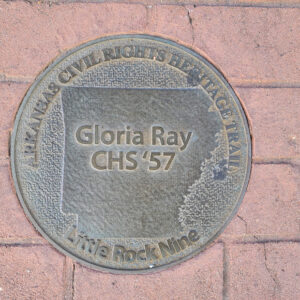 Ray Marker
Ray Marker
 Roberts Book Signing
Roberts Book Signing
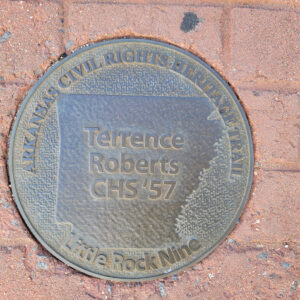 Roberts Marker
Roberts Marker
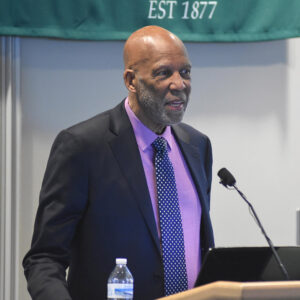 Terrence Roberts
Terrence Roberts
Roberts, Terrence James
Samuel, Irene Gaston
Six Pioneers
 Six Pioneers Sign
Six Pioneers Sign
Southern Manifesto, Arkansas Signatories of the
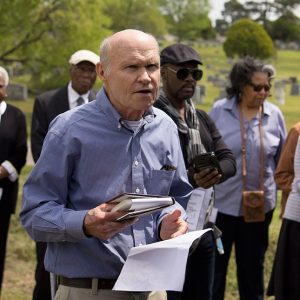 Grif Stockley
Grif Stockley
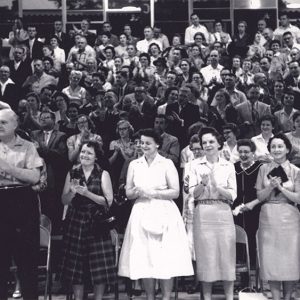 STOP Rally
STOP Rally
Stop This Outrageous Purge (STOP)
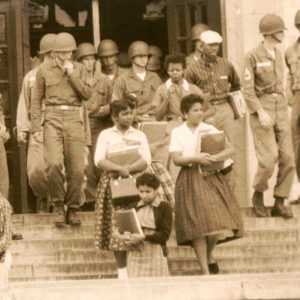 Students and Soldiers
Students and Soldiers
Terry, Adolphine Fletcher
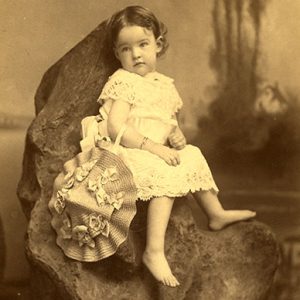 Adolphine Fletcher Terry
Adolphine Fletcher Terry
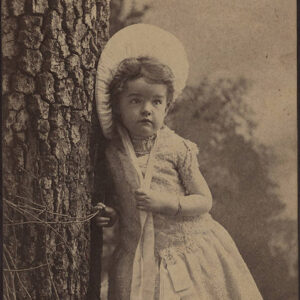 Adolphine Fletcher Terry
Adolphine Fletcher Terry
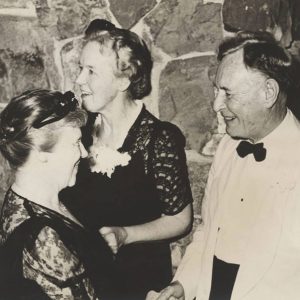 Adolphine and David Terry
Adolphine and David Terry
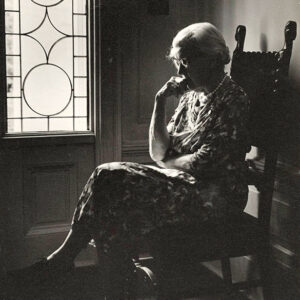 Adolphine Fletcher Terry
Adolphine Fletcher Terry
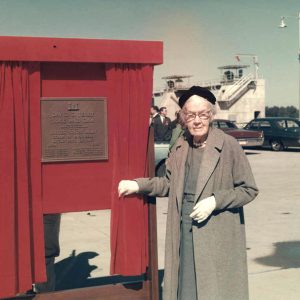 Adolphine Fletcher Terry
Adolphine Fletcher Terry
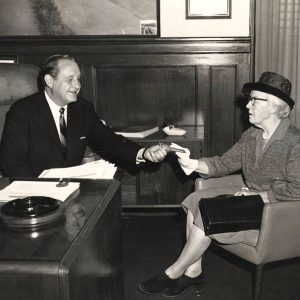 Adolphine Fletcher Terry
Adolphine Fletcher Terry
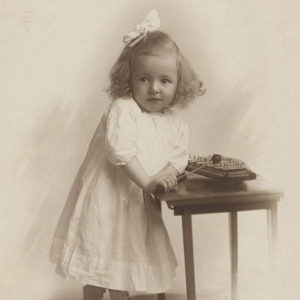 Mary Fletcher Terry
Mary Fletcher Terry
 Mary Fletcher Terry
Mary Fletcher Terry
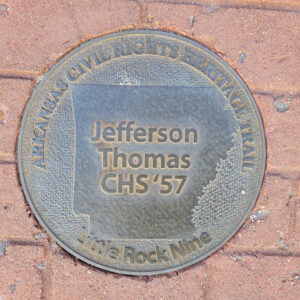 Thomas Marker
Thomas Marker
Thomas, Jefferson Allison
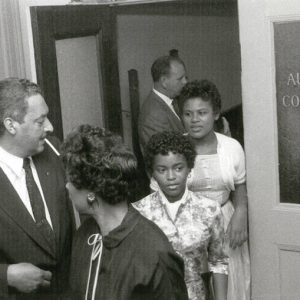 Thurgood Marshall and Central High Students
Thurgood Marshall and Central High Students
Trickey, Minnijean Brown
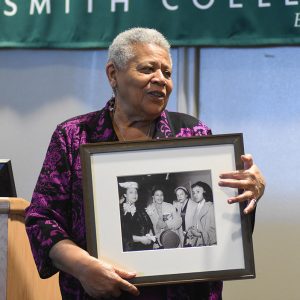 Minnijean Brown Trickey
Minnijean Brown Trickey
Van Buren Schools, Desegregation of
Wair, Thelma Jean Mothershed
Walker, William “Sonny”
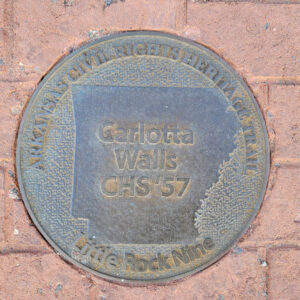 Walls Marker
Walls Marker
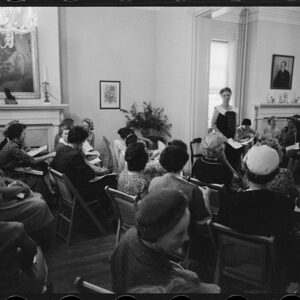 WEC Meeting
WEC Meeting
 White Protesters
White Protesters
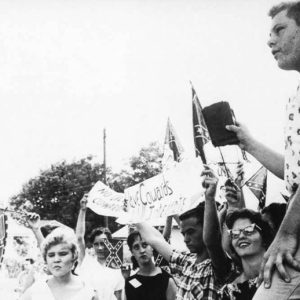 White Protesters
White Protesters
Women for Constitutional Government (WCG)
Women’s Emergency Committee to Open Our Schools (WEC)
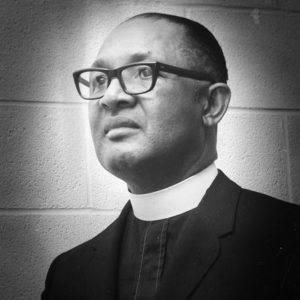 Rufus K. Young
Rufus K. Young




